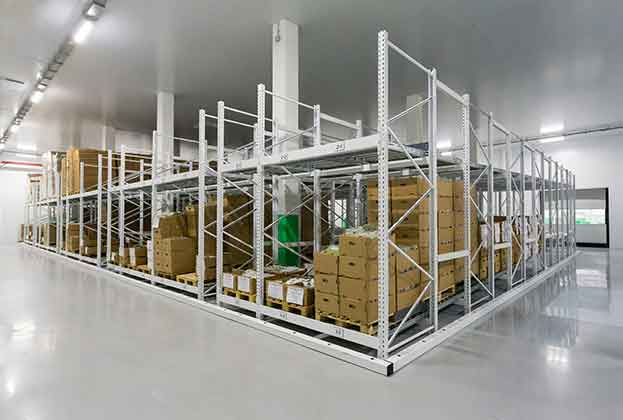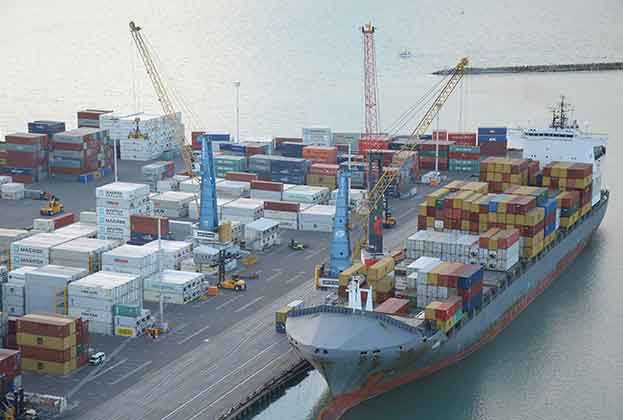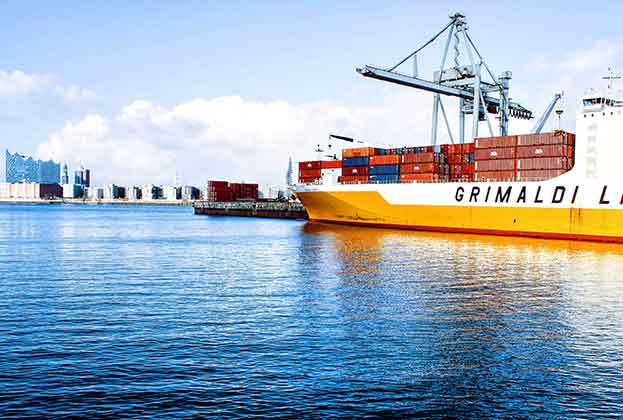Upheaval due to Covid-19 and the current geopolitical crisis in Ukraine has meant that companies all over the world will have almost certainly encountered issues with their supply chains. To offset the constant threat of geopolitical turmoil, they are now being forced to make their supply chains more resilient, which involves nearshoring their manufacturing and increasing levels of inventory, shifting from a ‘just in time’ philosophy to a ‘just in case’ strategy.
But it is not just supply chain chaos that is driving companies to nearshore. Manufacturers are coming under pressure to improve their ESG performance and this will force them to reconsider the carbon footprint and address the social impact of their supply chains.
A PWC survey of asset managers conducted in September 2021 found nearly 80 per cent of investors considered ESG risk as important in investment decision-making and 50 per cent were willing to divest from companies not taking sufficient action on ESG.
Since the ‘golden age of globalisation,’ which began in 2001 with China’s accession to the World Trade Organisation, companies gained access to one billion ‘cheap’ workers, enabling them to focus their supply chain around low-cost strategies.
Since then, offshoring has damaged the environment, largely shifting production to economies with weaker environmental standards, lower energy and efficiency and higher fossil fuel consumption. Offshoring production has effectively offshored pollution to poorer parts of the world.
The Carbon Trust estimates that Scope 3 emissions, which consider the full supply chain, can account for 90 per cent of a company’s total emissions. And with governments, investors, customers and employees all demanding that companies do better, this is likely to trigger a race for warehouse space in key nearshoring locations.
Savills has produced a Nearshoring Index which captures the factors – resilience, economics (cost of labour), business environment and ESG – that will influence companies seeking to bring production closer to the consumer. Nearshoring favours stable, high income nations, whereas lower income nations with poor environmental and labour protections lose out. Czech Republic tops the rankings, offering a combination of lower wages than its Western European neighbours, yet with better ESG credentials than developing economies.
A reorganisation of a supply chain to increase resilience and cut carbon emissions will come at no small cost to companies, which may act as a short-term barrier against change. However, prioritising resilience and sustainability over cost will be an investment into long-term environmental change, something that is unaffordable to ignore.
Further information
Savills Impacts: Can nearshoring solve supply chain reslience?


.jpg)





.jpg)

.jpg)